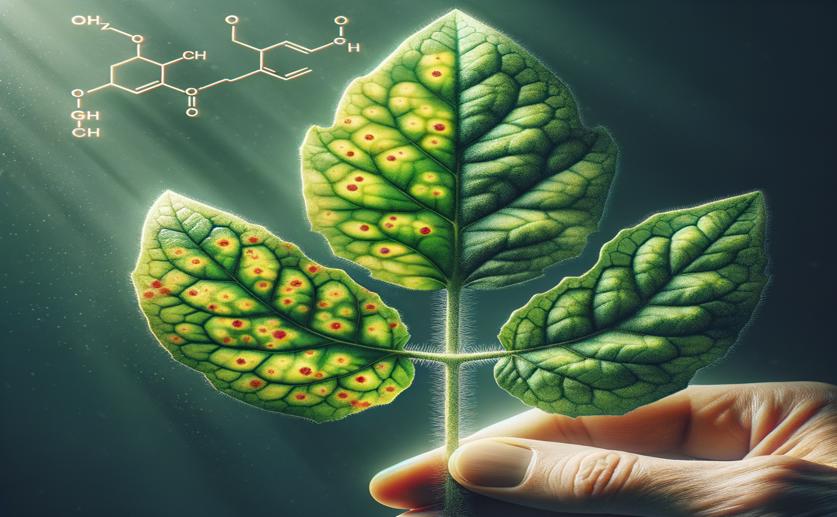
Tomato Leaf Patchiness Linked to Protein Precursor Mutation
Jim Crocker
11th April, 2024

Image Source: Natural Science News, 2024
Key Findings
- Researchers at Kasetsart University studied a tomato plant with leaves showing a unique pattern of green and white sections
- Using microscopes and machine learning, they found differences in chlorophyll and carotene levels across the variegated leaf sections
- Genetic analysis suggested a specific gene related to chloroplast development might cause the variegation
GeneticsPlant ScienceAgriculture
References
Main Study
1) Mutation mapping of a variegated EMS tomato reveals an FtsH-like protein precursor potentially causing patches of four phenotype classes in the leaves with distinctive internal morphology
Published 10th April, 2024
https://doi.org/10.1186/s12870-024-04973-1
Related Studies
2) Variegation mutants and mechanisms of chloroplast biogenesis.
3) Nuclear-organelle interactions: the immutans variegation mutant of Arabidopsis is plastid autonomous and impaired in carotenoid biosynthesis.
Journal: The Plant journal : for cell and molecular biology, Issue: Vol 6, Issue 2, Aug 1994
4) The Arabidopsis immutans mutation affects plastid differentiation and the morphogenesis of white and green sectors in variegated plants.
Journal: Plant physiology, Issue: Vol 127, Issue 1, Sep 2001



 31st March, 2024 | Jim Crocker
31st March, 2024 | Jim Crocker